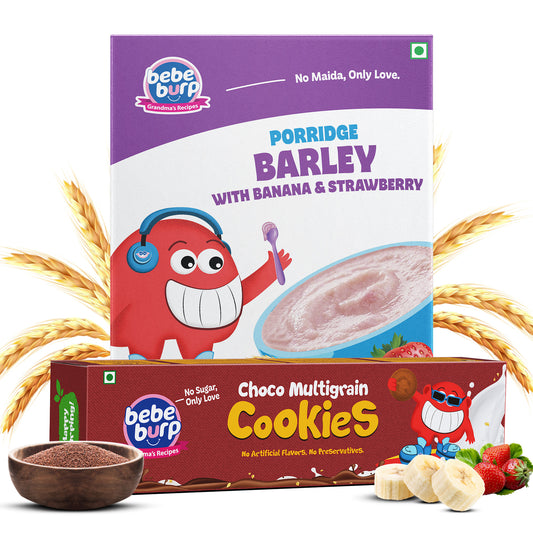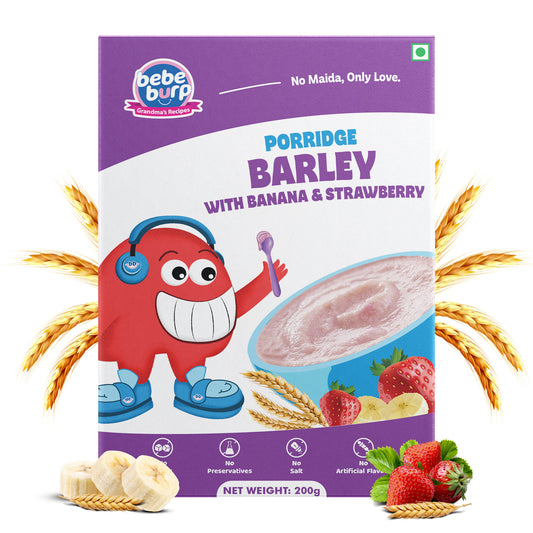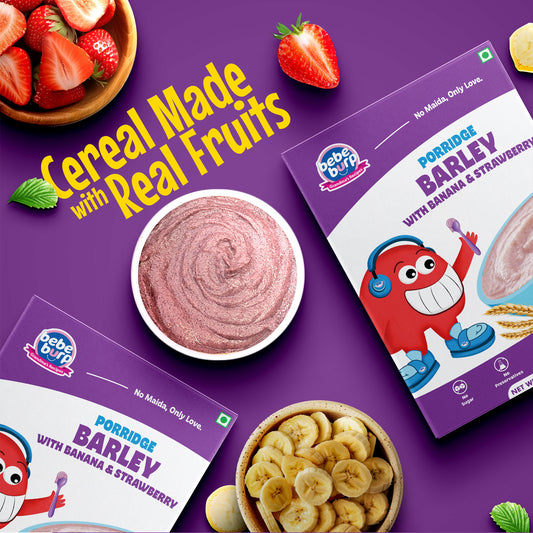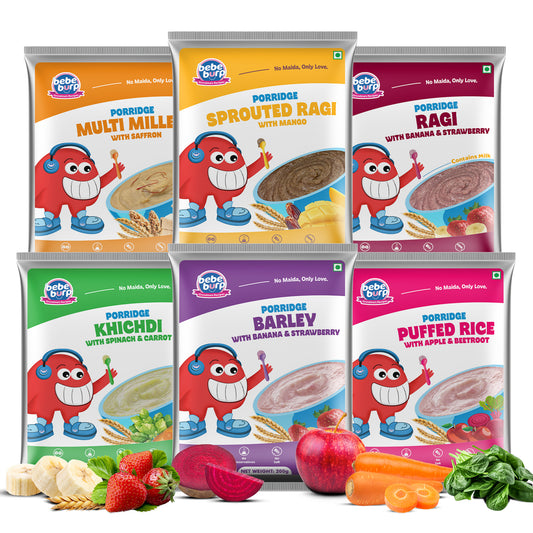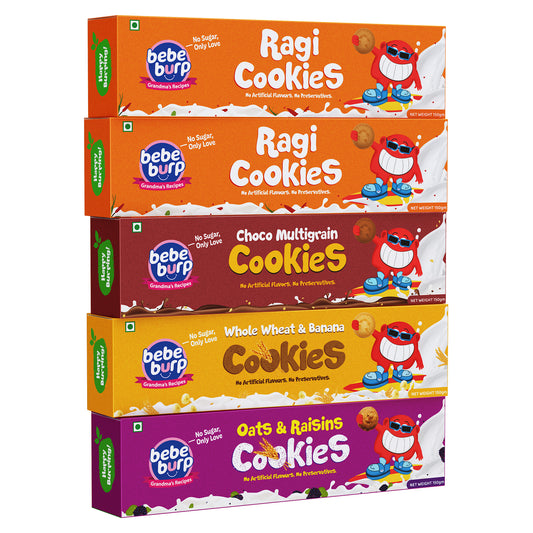Yes, in most regards ragi is better than wheat, at least when it comes to weight loss, diabetes and gluten-free diets.
It has more calcium and fibre, a ,lower glycemic index and is more digestible than a healthier food option to many.
Ragi vs Wheat—Which is the Healthier Choice?
Ragi and wheat are equally an important source of nutrients, but they are quite dissimilar in their compositions.
Ragi (finger millet) contains no gluten, has calcium and abundant fiber whereas wheat has protein and is an item that is amply utilized in our daily cuisine.
|
Nutrient |
Ragi (per 100g) |
Wheat (per 100g) |
|
Calories |
336 kcal |
346 kcal |
|
Carbohydrates |
72g |
71g |
|
Protein |
7g |
12g |
|
Fiber |
11g |
12g |
|
Calcium |
344mg |
30mg |
|
Gluten |
No |
Yes |
What is Ragi?
Finger millet, referred to as ragi, is a small-grained grain produced in India and Africa. It is one of the healthiest cereals, which is full of calcium, iron, amino acids, and fiber.
Ragi does not contain gluten and it is, therefore, an excellent choice among those who cannot handle gluten and even infants.
Key Benefits of Ragi:
- High in dietary fiber
- Great source of calcium
- Helps regulate blood sugar
- Keeps you full for longer
What is Wheat?
Wheat is an ordinary cereal tuber which is utilized in the form of atta (whole wheat flour).
It is a fixed component in Indian cuisine and the staple of Indian rotis and bread as well as baked food.
Key Benefits of Wheat:
- Rich in protein and fiber
- Promotes energy and digestion
- Widely available and versatile
- Contains gluten
Nutritional Comparison: Ragi Flour vs Wheat Flour
Ragi flour is rich and alkaline in composition, hence aids in balancing pH inside the body. Wheat flour, however, contains much gluten and is more suitable to prepare soft rotis and bread.
|
Factor |
Ragi Flour |
Wheat Flour |
|
Satiety |
High |
Moderate |
|
Digestibility |
Easy |
Moderate (may cause bloating) |
|
Calcium |
Very High |
Low |
|
Gluten-Free |
Yes |
No |
Is Ragi Flour Better Than Wheat Flour for Weight Loss?
As far as weight loss is concerned, the type of grain you use may make a huge difference.
Ragi (finger millet) is a smarter choice, when one attempts to lose any additional kilos, owing to its better nutritive value than that of wheat.
Why Ragi is Ideal for Weight Loss
- Rich in fiber: will keep you satiated and discourage excessive eating.
- Low Glycemic Index: It helps to maintain blood sugar control and storage of fat.
- Slow Digestion: Maintains energy and suppresses snack cravings.
- Abundant in Tryptophan: Appetite controlling that also maintains a level of mood.
- Gluten-Free: Good for the stomach, less bloated.
|
Feature |
Ragi |
Wheat |
|
Fiber |
High (~11g/100g) |
Moderate (~12g/100g) |
|
Glycemic Index |
Lower (54–68) |
Higher (~70) |
|
Satiety |
Very High |
Moderate |
|
Digestibility |
Easier on the stomach |
May cause bloating in some |
|
Gluten |
Absent |
Present |
Is Ragi Better Than Wheat for Diabetes?
Controlling the blood sugar level is the most important part of managing diabetes, and the grains that you eat are very important.
Ragi is one of the best foods that can be taken by diabetics who have type 2 or prediabetes because it controls the level of blood sugar.
Why Ragi is Better for Diabetes:
- GI low: Avoids sugar spikes in blood.
- High Fiber: Delays absorption of carbohydrates, enhances the reaction of insulin.
- Antioxidants: They prevent inflammation and oxidative damage.
- Aids in weight loss: helps regulate the level of sugar.
- Raw and Unsweetened: The refined wheat products are safer than many.
Is ragi better than wheat for diabetes?
Absolutely. Ragi is also a better grain option for patients with diabetes because of its low glycemic index, high fiber content, and the stabilizing nature of its blood sugar nutrients.
As opposed to wheat, ragi does not trigger sharp glucose spikes and also regulates insulin levels.
Ragi vs Wheat for Babies and Special Diets
For Babies:
Ragi is a better choice than wheat for babies because it has high amounts of calcium and iron and is very easy to digest.
It also contains porridge, which is a common first food for infants. Furthermore, it does not contain any gluten, so it is safe for younger babies and those who are gluten sensitive.
Wheat does have some nourishment value, but it does not compete with ragi in terms of calcium.
However, if there are no known gluten allergies, then wheat can be introduced after 8 to 10 months as it has good energy levels, protein, and nourishment value.
For Special Diets:
Gluten-Free Diets: Ragi does not contain gluten, while wheat does.
Diabetic Diets: Relatively lower glycemic index as compared to wheat allows ragi to manage diabetes more effectively.
Weight Loss: Due to its high fiber content, ragi aids in losing weight due to its ability to make one feel full or promote satiation.
Calcium-Rich Diets: Ragi acts as of the best plant-based sources of calcium.
How to Incorporate Ragi and Wheat in Your Diet
Ragi:
- Ragi porridge (for toddlers and babies)
- Ragi-based roti (for adults)
- Malt, idli, or dosa
- Cookies and healthy ragi cakes
Wheat:
- Whole wheat chapati and paratha
- Dalia for breakfast
- Suji for upma, halwa, or idlis
- Wheat-based snacks like bread or pasta
Tip: Mix both flours for roti to balance texture and nutrition.
FAQs
Q1) Is ragi better than wheat for weight loss
Ans: Yes. Ragi has more dietary fiber which increases satiety. With less calories and more complex carbs that slow digestion, ragi is better than wheat for weight loss.
Q2) Is ragi better than wheat for diabetes
Ans: Ragi’s lower glycemic index means less insulin release of glucose into the blood stream making it great for people with diabetes or prediabetic conditions on watch for sugar spikes.
Q3) Which is better, wheat or ragi?
Ans: It depends on your goals:
- For overall nutrition, both are okay and good foods to eat.
- For babies, ragi is better, along with type 2 diabetics or gluten intolerant individuals.
- Wheat works well for daily energy needs or variety.
- The best choice remains a mix of both in moderation in a diet plan.
Conclusion
Both ragi and wheat provide important health benefits; however ragi has an edge in dealing with issues like weight management, diabetes, is safe for babies, and fits well in a gluten-free diet.
Ragi is a good source of calcium, fiber, and has low sugars which aid digestion.
People continuing workouts also need daily meals rich in protein, energy sources and wheat serves perfectly.



